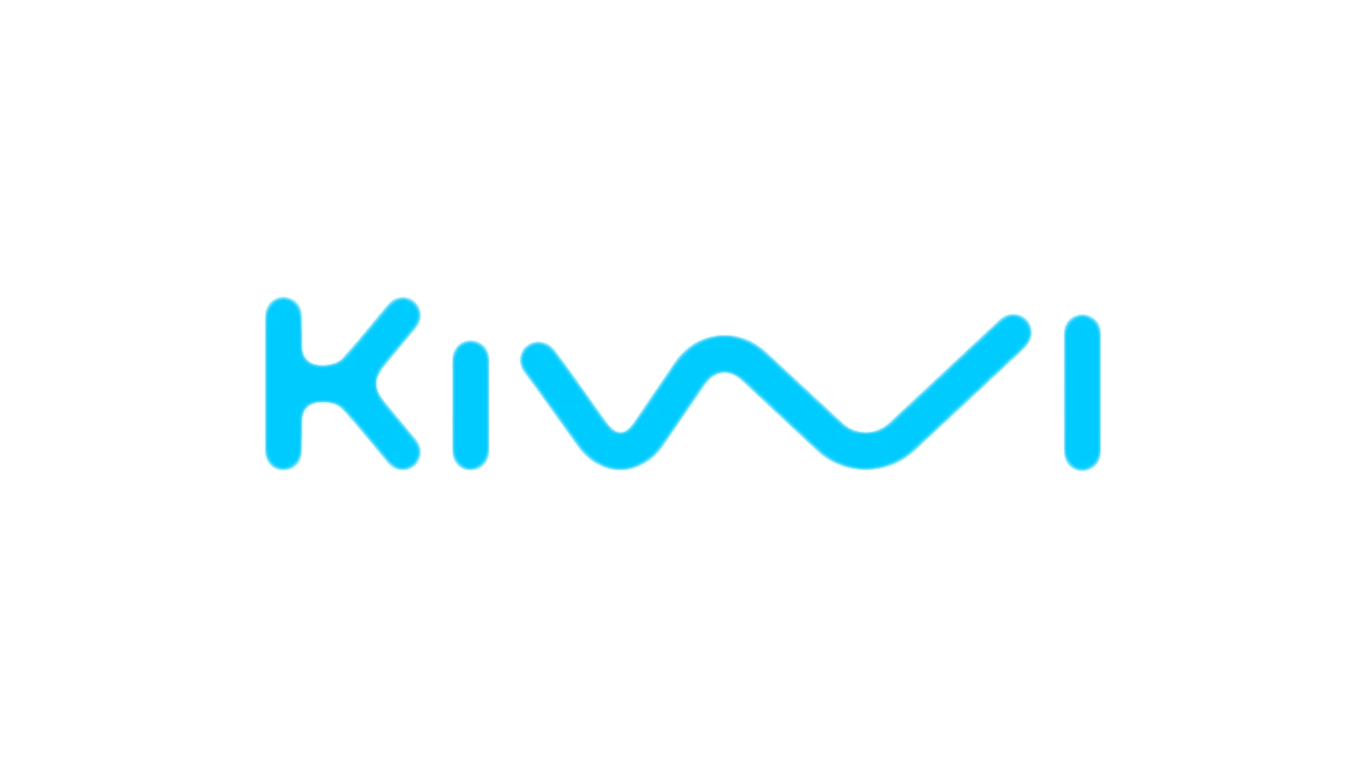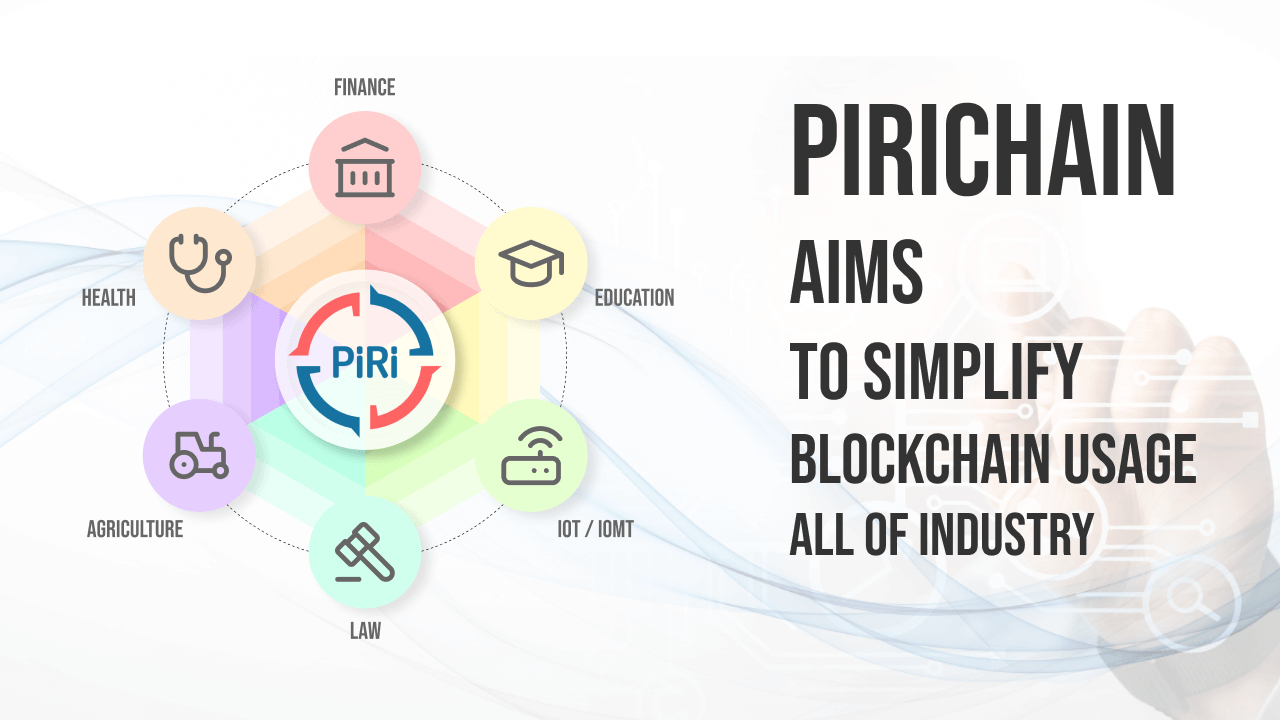How blockchain technology can make fishing more sustainable

Studies show that a fifth of all wild-caught fish is caught illegally and 90% of fish supplies are overharvested.
Photo: Pixabay/Anestiev
The US Coast Guard has declared illegal fishing a more significant global threat than piracy. By stepping up patrols, the US shows that it takes the issue of illegal fishing seriously.
Unfortunately, illegal fishing remains a global problem, worse than ever. Aquaculture produces over 200 million tonnes of seafood annually, making it one of the world’s essential food suppliers. The fishing industry has also implemented sustainable practices such as the automation of fish food supply in the fisheries and the use of lead-free fishing gear.
Nevertheless, the industry has also been criticized for illegal overfishing and human rights violations. Studies show that a fifth of all wild-caught fish is caught illegally, and that 90% of the world’s fish supply has been overharvested. These actions, if left unchecked, can have devastating consequences for marine ecosystems.
Illegal, unreported and unregulated (IUU) fishing has been a problem in the fishing industry for years. Unfortunately, illegal fishing is unlike any other form of crime. While each nation has its own rules to limit illegal fishing, the planet’s oceans are vast, making up about 70% of the Earth’s surface. This makes it very difficult to track down the perpetrators.
There is a need for more significant observation within the aquaculture industry, where blockchain technology can help.
Blockchain is a digital system that records transactions and other data in several places at the same time. Unlike traditional databases that store data in files, a blockchain stores data in digital blocks. When finished, these blocks are closed and linked to another block – hence the name.
This type of storage makes it easy to manage and track when data is added to the chain. Also, a blockchain network consists of multiple computers that maintain copies of the transactions, all of which are updated simultaneously when new data is available.
Blockchain technology saw its first widespread use during the introduction of cryptocurrency, but it has a wide range of applications. It has become invaluable to logistics companies that use it to track goods moving through supply chains.
Several industries are now using blockchain technology to form “smart contracts”. These digital contracts use computers to activate services automatically when the terms of the agreement are met.
Blockchain and the fishing industry
Blockchain technology could allow the aquaculture industry to monitor where and how fish are caught in a way that traditional paperwork never could. Fisheries worldwide are already starting to adopt the technology to reduce IUU.
Fish are given a barcode that tracks how the fisherman caught them, where they were, how long it took to get from one place to another and how much time it spent in that particular place. The barcode tells the whole story of the fish, from the boat to the grocery store.
Strict enforcement like this makes it much easier to find illegal fishermen and force them to comply with fishing regulations. In addition, blockchain technology is almost tamper-proof due to the use of multiple computers to create a server.
Blockchain technology used in this way can also provide consumers with peace of mind. Using traditional tracking methods makes it almost impossible to tell if a fish comes from where it says on the label.
For example, studies have found that 190,000 tonnes of fish are mislabelled and sold annually, mixes farmed fish and wild caught fish. This can damage a grocery brand because consumers do not get the fish they paid for. Having a label that shows consumers the full journey the fish has taken when scanned reassures consumers that they are getting value for money.
Using blockchain technology could provide the means to finally counter the problem of illegal fishing as more companies incorporate it into the fishing process. Only time will tell how the fishing industry will make use of these exciting developments.
However, as the number of illegal operations increases, the focus on innovations such as the blockchain will become critical. When the world’s food supply and survival are at stake, everyone in the fish supply chain must use new methods to improve sustainability.

























